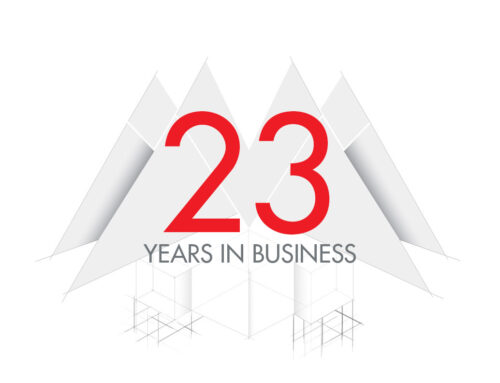Last week we introduced 10 factors influencing Native design right now. Today, we’re kicking off a series of in-depth discussions on these 10 things.
Understanding the scope of a project would seem like the most primary task an architect can undertake. It’s usually summarized and clarified by all parties at the outset of the project in a formal document, though the details that will make translating the scope into a finished product successful don’t surface until the initial phases of the project. This discovery and refining of the understanding of the scope is critical in Native projects.
It is simple enough to state that the client intends to build a 20,000 square foot office building to house departments X, Y, and Z. It’s even simple enough to build a basic office for those departments without diving too deep into workings of each department. What makes Native design projects different, and ultimately more successful, is a design team taking time to work with the client and all project stakeholders (in this case, the end users in departments X, Y and Z) to understand their intent for the project development as well as the anticipated outcome.
Through a series of workshops and focus groups with Tribal Councils, Community Groups and key Stakeholders, the design team facilitates communication and elicits the details that will make the difference between a good design project and an exceptional Native design project. Charrettes – focused, hands-on meetings wherein the design team collaborates with stakeholders to brainstorm ideas and develop rough concepts – offer opportunities to discuss the incorporation of local culture within the design. These contextual influences lead to built environments that, while modern, are also familiar and comfortable for the client, user groups, and the community.
CHARRETTES
Public participation for tribal groups often differ drastically from strategies for non-native entities. For clients in extremely rural areas, as many of our Native clientele are, coordinating a community charrette can be difficult. We have found that integrating a project charrette with an existing community meeting results in a higher participation rate for our Native clients, and ultimately results in a more satisfying process and end result.
Interactive charrettes, in which all participants are encouraged to have a voice in the project vision, also results in the development of a design that fits the needs of the community. We work collaboratively, brainstorming ideas, challenges and goals. Using drawings, interactive site plans and other tools, we visually communicate the ideas of the community to begin building consensus and work toward the consolidation of a common vision.
UNDERSTANDING THE RESULTS
Tribal projects that emphasize the importance of the planning process and encourage community input upfront most often result in a higher positive reception of the design intent (which is then further explored and communicated using BIM and Lumion) and, later, the finished facility.
Related Projects
Navajo Nation Justice Center
Nahata Dziil Health Center
IAIA Center for Lifelong Education
Shiprock Youth Center







